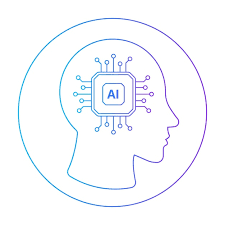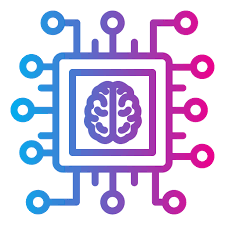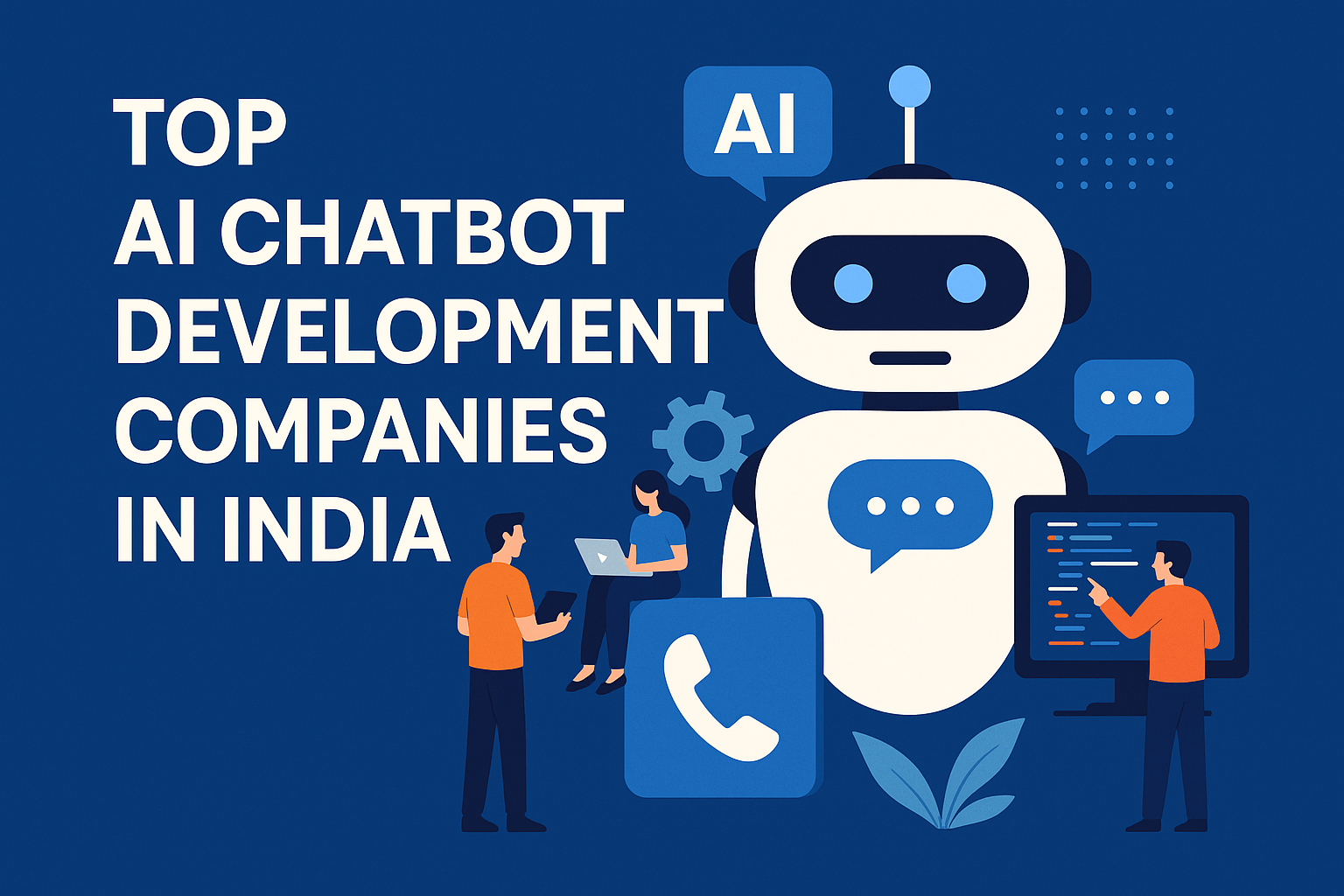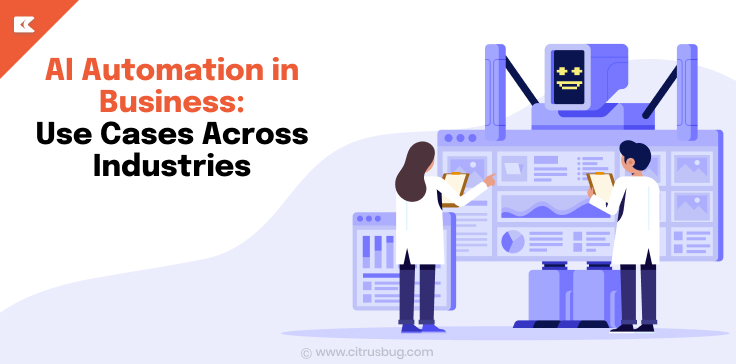What is Digital Transformation – A Definitive Guide
- August 21, 2024
-
3267 Views
- by Ishan Vyas
Table of Contents
- Introduction
- What is Digital Transformation
- Digital Transformation vs. Business Transformation
- 5 Key Components of a Good Digital Transformation Strategy Framework
- Steps Startups Use for Digital Transformation
- Is Digital Transformation Necessary?
- Real-Life Digital Transformation Examples
- Some Common Challenges Startups Face in Digital Transformation
- Best Practices for Digital Transformation
- Conclusion
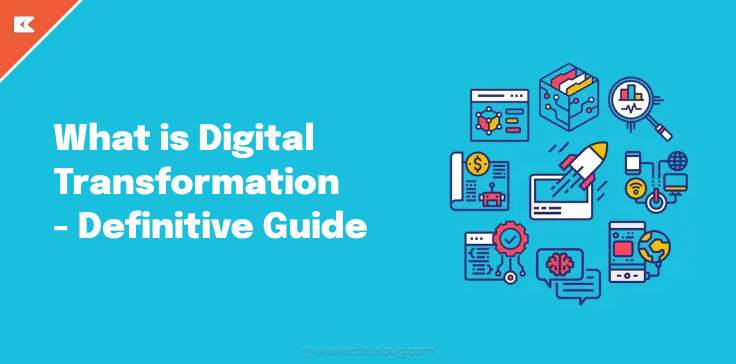
Introduction
Regarding business nowadays, several terms are fashionable; however, their meaning could be more precise, such as digital transformation. That is usually the more superficial and often blunt translation; what does it mean then? What has everyone buzzed about it? There is, in part, an answer to the recent disruptions such as COVID-19; boards were forced to speed up digital undertakings to 69%, with nearly half expecting significant business model shifts (Gartner, 2020).
Therefore, it is a procedure that goes far beyond the assimilation of the corresponding technologies, as it implies a complete review of business models for the new digital era. Hence, organizations must examine every aspect of their plans, operations, and mission in a web-based world.
This shift isn’t optional: 91% of the organization operates in digital endeavors, and 87% of the leadership reports that digitalization is their priority (Gartner). The digital transformation market is anticipated to rise to $3,144 by 2030 at the international level. 9 billion, which indicates a rate of growth of about 24 percent. 1% annually.
As the topic of digital transformation remains rather broad and ambiguous, this article will present the most comprehensive guide possible. So, let’s get started.
What is Digital Transformation
The concept of digital transformation refers to the process of embedding digital facilities into the company on all levels. This shift in fundamentals alters how you work and create value for the customers you serve. It also expresses a shift in culture at the heart of today’s successful organizations where change is the norm and risk-taking and even failure are part of business as usual.
It is crucial to acknowledge that this digital transformation process can be different in each company, but its general aim is to link the utilization of digital tools to increase organizational productivity and customer satisfaction, stimulate innovation, and increase market share compared to competitors. Supported by stats on digital transformations, this could involve migrating the company’s data storage to the cloud, opting for automation solutions, or using data analytics to make better decisions.
One should remember that digital transformation is not solely about technology. It is all about companies’ transformation, adaptability, creativity, and focus on the customer.
“For quite some time now, the term digital has evolved immensely to become more than a strategic buzzword that defines transformation; digital transformation is simply the act of liberating value in your business processes and returning it to your customers; it also symbolizes flexibility in the utilization of data and analytics to conjure new ideas.”-David Macdonald, Executive Vice President, and Chief Sales Officer at SAS.
Reference: https://kissflow.com/digital-transformation/what-is-digital-transformation/
Digital Transformation vs. Business Transformation
Business transformation can refer to strategic company objectives from large-scale company transformation initiatives, for example, becoming an agile enterprise, developing muscles as a serial acquirer, expanding into a world partner, or being genuinely customer-oriented. It means a systemic transformation at a macro level in terms of how a business is run and this requires changes in perceptions, systems, culture, behaviors, competencies, systems, and tools.
Digital business transformation, on the other hand, may act as a part of a large-scale business transformation process but can also be a specific project within the context of a certain business. Digital transformation focuses specifically on what companies can do to become more digitally enabled and typically includes activities like:
- Intelligent automation
- Orchestrating omnichannel experiences that are digital-first
- Harnessing the power of AI solutions
Still, it is challenging to concentrate on one sort of change today. Digital transformation is necessarily associated with technology but also implies core aspects of business transformation.
References: https://www.ttec.com/blog/digital-transformation-vs-business-transformation-both-are-critical-brands-success
5 Key Components of a Good Digital Transformation Strategy Framework
When developing a strong digital transformation (DX) strategy, the proper foundation needs to be built, which will consider variability in time and resources. Here’s a detailed exploration of the five essential pillars that form a robust framework for any digital transformation strategy:
1. Strategy
First, the overall organizational and business strategy must be developed for three to five years, along with specific tactics that must be executed within the short term. For example, if your target of modernization is the mainframes, then your short-term goal low-hanging fruit could be the incompatible business application. This makes it much easier to prioritize the various changes in your organization to ensure that your overall business strategies are met through digital transformations.
2. Communication
Communication is a critical element in managing challenges associated with DX initiatives. This means the strategy and values it will bring within the organization must be communicated effectively and proactively. The final way is to engage the employees by showing them the benefits of the organizational change, simplifying the existing processes, and improving their work productivity. Also, it is crucial to engage customers in determining decision-making for technology implementations to get their feedback and minimize disruption risk.
3. Data
Data acquisition and utilization are at the core of any digitization process. Transferring from a physical application to a digital environment requires flexibility in handling more than one form of data and the ability to handle large quantities of information. Some potential strategies to improve internal data processing include eradicating one or more levels of ESB/SOA between the mainframe business applications and front-end tools to enable quick data processing and integration.
4. Technology
In this case, it is worth noting that even though technology is the core of DX, the process must be preceded by a strategic plan. In addition to integrating new parts of the hardware and software, assess the possibilities of improving the existing systems and their cost-effectiveness. Consider leveraging nearshore staff augmentation to enhance the capabilities of the existing systems while managing costs effectively.Integrate the changes to technology with the changes made to the workforce and culture to avoid clashes and get the most out of the changes.
5. Innovation Culture
Cultural change is one of the critical success factors for maintaining the progress of digital transformation. Promote the state of never-ending improvement in all spheres of the business and, at the same time, cautiously assess the need for applying new concepts and enhancements and the company’s preparedness to implement them. Digital transformation demands continuous learning. For professionals in real estate, flexible online opportunities like real estate classes offer a valuable way to stay ahead.
For instance, the effectiveness of digital strategies in the healthcare context differs; therefore, to unlock digital strategies’ full potential, innovation and operational preparedness must be harmonized.
Steps Startups Use for Digital Transformation
Enterprises have to link their digital transformation initiatives to a clear strategy and ensure that the process will cover all angles of the company. Startups beginning on this journey can follow these six essential steps to navigate their digital transition effectively:
1. Know Why You’re Doing It
One vital consideration when implementing digital transformation initiatives is knowing why the process is being carried out in the first place. First, it is necessary to outline the particular objectives defining the general need for the startup’s digital transformation. Whether the goal is to improve data handling, foster better organizational workflows, or boost clients’ experiences, defining these objectives will inform your strategic plan.
2. Assess Your Startup
Analyze your start-up’s current position to find areas that need adjustment. Evaluate previous structures, procedures, applications, and tools to determine their efficiency. Know how your organization functions and how work processes are done within it to suggest improvements for change.
3. Find Your Gaps
Find out areas in your startup that digital transformation solutions seek to address. Decide which deficits should be bridged; for instance, gain the highest value for the consumer information available and enhance methods of interacting with customers within various channels. Identifying these areas is vital when establishing specific targets as to when and where the organizational transformation will happen.
4. Examine Your Internal Resources
Evaluating your startup involves more than just technology, as discussed earlier in the paper. Determine with which skills the change can be initiated in your organization’s internal environment. Investigate if your current workforce has these skills or if training and development need to be given to create a digitally competent workforce. In case you find that they still need training consider using mentoring software to facilitate knowledge sharing and skill development among employees.
5. Develop a Plan
Create a strategic digital transformation plan with the help of data received while evaluating gaps and internal assets. This plan should define specific goals and KPIs and identify necessary resources for execution.
6. Evaluate and Reexamine – Be Flexible!
Such transformation is a long-term process that needs assessment and improvements over time, or, in other words, it is an evolving process. This means one needs to evaluate the strategy from time to time due to changes in the digital environment and fluctuations in internal business needs. Organizations should remain prepared to adapt to fully capture the new market dynamics and customer needs.
Thus, by utilizing the mentioned steps, startups can avoid pitfalls in digitizing healthcare and other industries and become leaders in the digital transformation.
Is Digital Transformation Necessary?
Digital transformation must be seen as a must-have for any organization to continue being viable and thriving in the current unpredictable and dynamic market environment. Here’s why:
Therefore, using digital transformation technologies is an opportunity to solve operational issues better or exhibit increased performance in reaching clients. Thus, with the help of modern digitalization tools created by specialized companies, businesses can improve the efficiency of various activities, automate the performance of certain functions, and more effectively analyze data.
That is why creating a separate digital transformation team is also practical. It provides the necessary focus and subject matter expertise in implementing transformation projects. This team’s role is to ensure that the innovation of new working methodologies is championed and sustained while searching for better ways of improving organizational strategies given the ever-changing market conditions.
Thus, digital transformation is not only beneficial but is becoming mandatory for companies to remain flexible and adaptive entities and foster the availability of digital ways of doing business in a world that has gradually shifted to digital.
Real-Life Digital Transformation Examples
Real-world success stories of digital transformation showcase how organizations have embraced innovation to achieve remarkable outcomes:
- L’Oréal: Transitioned from traditional practices to a digital-first approach, aiming to digitally dominate the global beauty market.
- Subway Revolutionized its operations with a new digital loyalty program, which substantially increased digital orders and loyalty engagement.
- Foodstuffs North Island: Redesigned its omni-channel experience, enhancing customer interactions across various platforms.
- Volvo: Implemented agile and innovative digital solutions globally, simplifying consumer experiences and driving efficiency.
Some Common Challenges Startups Face in Digital Transformation
Learning from the experiences of others can help startups navigate the complexities of digital transformation effectively. Here are vital challenges to anticipate and address proactively:
Lack of Alignment Across Leadership
Achieving alignment across the entire leadership team is crucial for successful digital transformations. Without cohesive support from the C-Suite, from strategy formulation to implementation, initiatives may lack direction and fail to meet objectives.
Limited Scope of Transformation Efforts
Digital transformation should encompass foundational changes rather than incremental adjustments. Focusing on small-scale improvements may not justify the investment or yield significant long-term benefits required for sustainable growth.
Generic Personalization Strategies
One persistent error organizations make is using standard templates to individualize customer experiences. Thus, personalization should be implemented selectively to meet the goals and requirements of the startup company.
Insufficient Content Management Capabilities
Delivering immersive digital experiences demands substantial content creation and management capabilities. Startups often need help with efficiently generating and distributing content across various channels. Automation can alleviate this challenge by optimizing workflows and prioritizing content creation based on audience and platform needs.
Data Overload without Actionable Insights
Acquiring large data sets is meaningless if there isn’t the capacity to gain value from the data collected. The approach that needs to be taken by startups is the ability to link the concept of data analysis to the needs of the customers and the business’s goals at its early stages. A clear and orderly procedure for assessing insights guarantees that analysis results in decisions and strategy changes.
Best Practices for Digital Transformation
Digital transformation involves strategic shifts that require careful planning and execution. Here are essential best practices to guide your journey:
Begin with a Proof-of-Concept
First, a Proof of Concept (POC) particularly through AI POC development should be utilized to allow experimentation with digital activities before a large-scale implementation. POCs prove hypotheses, detect possible issues, and illustrate the value of initiatives to stakeholders, ensuring they back the project.
Get Ready for a Cultural Shift
One must expect changes in an organization’s thought process in order to transform itself digitally. Promote a culture of innovation and flexibility and embrace learning within the firm. It is, therefore, the responsibility of the leadership to support change initiatives, support the teams, and ensure cross-functional cooperation in the area of change.
Plan for the Required Technology
Plan for the IT requirements to execute the digital strategies. Evaluate current affairs, identify deficiencies, and incorporate affordable and flexible technologies. Integrate IT spending with business objectives to achieve cost reductions and improved customer satisfaction. One effective way for achieving these goals is using IT asset management software, which helps track and optimize the use of IT resources, ensuring better control over technology investments and enhancing operational efficiency.
Future-Proof Your Business with a Digital Transformation Strategy
Understand the goals and objectives of the digital transformation strategy to embrace long-term goals. Ensure the strategy incorporates an adaptability factor so that changes in the market and the target customers can be quickly addressed. More importantly, the success of the delivered strategy must be constantly reviewed, and the original strategic plan must be modified based on performance benchmarks and feedback to ensure the sustainability of the competitive edge and to encourage innovation.
Conclusion
Digital transformation is no longer just a suggestion but an essential need for any organization that wants to do well in the current market climate. Thus, developing new opportunities for company growth and maintaining competitiveness is possible by including new technologies, encouraging innovative ideas and approaches, and taking appropriate measures.
To conclude this guide, concepts relating to digital transformation have been explained, real-life use cases have been shared, and potential problems have been discussed. A step-by-step guide on how to undertake this transformative process is also included.
We at Citrusbug, a leading digital transformation software company, will help a start-up or an existing organization build a successful long-term digital transformation plan. Adopt digital as the way of doing business today to prepare for change in the future and attain opportunities within the digital economy.





 SaaS Development
SaaS Development Web Application Development
Web Application Development Mobile Application Development
Mobile Application Development Custom Software Development
Custom Software Development Cloud Development
Cloud Development DevOps Development
DevOps Development MVP Development
MVP Development Digital Product Development
Digital Product Development Hire Python Developers
Hire Python Developers Hire Django Developers
Hire Django Developers Hire ReactJS Developers
Hire ReactJS Developers Hire AngularJS Developers
Hire AngularJS Developers Hire VueJS Developers
Hire VueJS Developers Hire Full Stack Developers
Hire Full Stack Developers Hire Back End Developers
Hire Back End Developers Hire Front End Developers
Hire Front End Developers AI Healthcare Software Development & Consulting
AI Healthcare Software Development & Consulting Healthcare App Development
Healthcare App Development EHR Software Development
EHR Software Development Healthcare AI Chatbot Development
Healthcare AI Chatbot Development Telemedicine App Development Company
Telemedicine App Development Company Medical Billing Software Development
Medical Billing Software Development Fitness App Development
Fitness App Development RPM Software Development
RPM Software Development Medical Device Software Development
Medical Device Software Development Patient Engagement Software Solutions
Patient Engagement Software Solutions Healthcare IT Consulting
Healthcare IT Consulting Mental Health App Development
Mental Health App Development Lending Software Development Services
Lending Software Development Services Payment Gateway Software Development
Payment Gateway Software Development Accounting Software Development
Accounting Software Development Mobile Banking Software Development
Mobile Banking Software Development Supply Chain Management Software Development
Supply Chain Management Software Development Fleet Management Software Development
Fleet Management Software Development Warehouse Management Software Development
Warehouse Management Software Development LMS Development
LMS Development Education App Development
Education App Development Inventory Management Software Development
Inventory Management Software Development Property Management Software Development
Property Management Software Development Real Estate CRM Software Development
Real Estate CRM Software Development Real Estate Document Management Software
Real Estate Document Management Software Construction App Development
Construction App Development Construction ERP Software Development
Construction ERP Software Development








